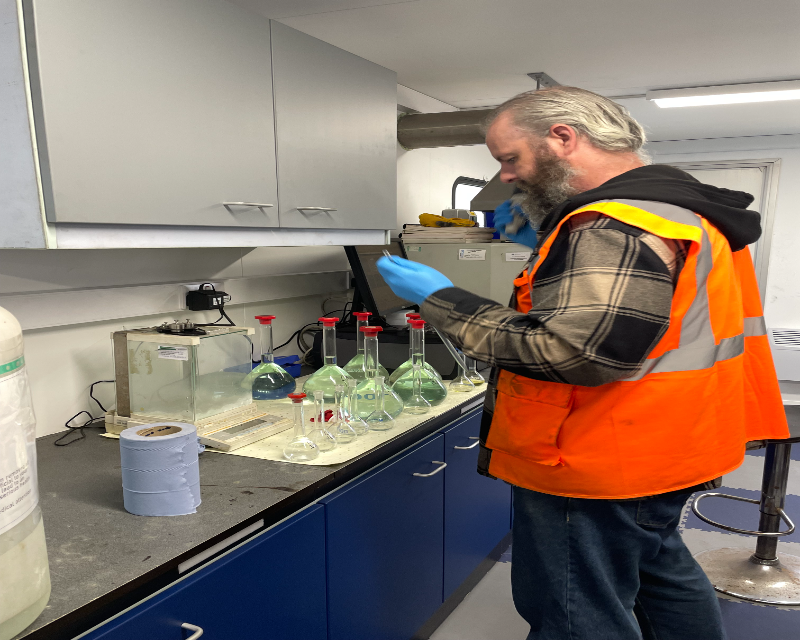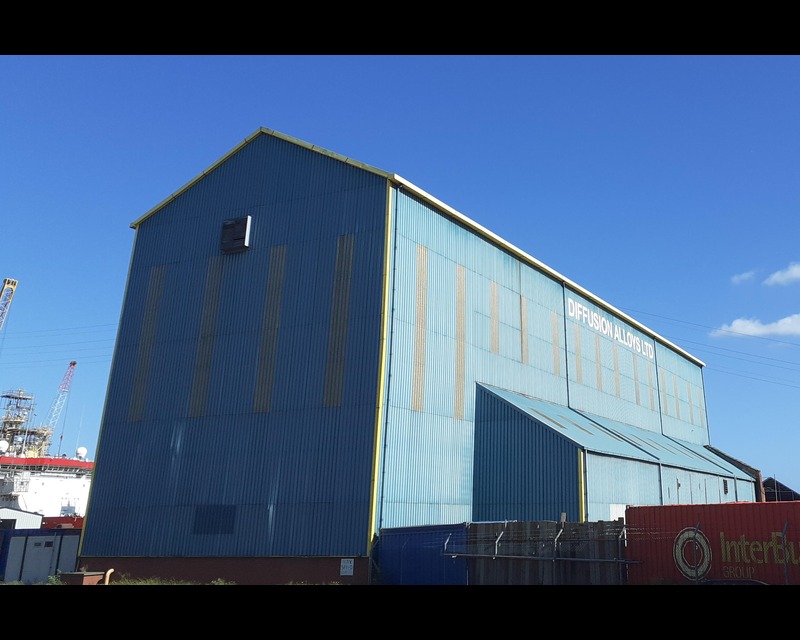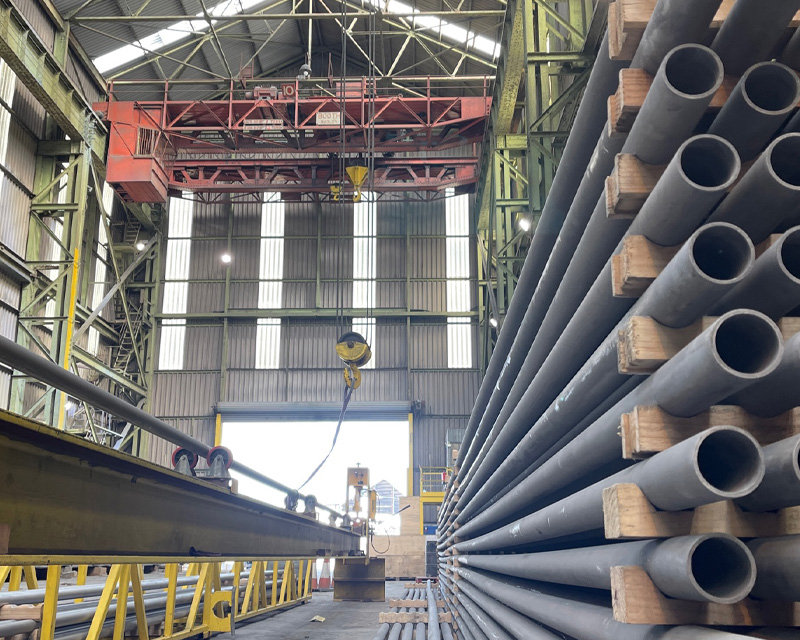
What Is Chromising?
Chromising is a diffusion coating process that enriches the surface of metals with chromium.
Unlike spray or plating methods, chromising doesn’t deposit a layer it alters the surface composition itself. Through controlled high-temperature diffusion, chromium atoms penetrate the base metal, forming chromium-rich intermetallics that protect against carburisation, sulfidation, and oxidation in severe operating environments.
The resulting surface is metallurgically bonded, continuous, and stable under high thermal and mechanical stress. Chromised components perform reliably where traditional coatings or platings would crack, peel, or erode particularly in hydrogen, petrochemical, and turbine applications.
How the Process Works
Chromising typically uses a pack cementation process, similar in principle to aluminising. Components are enclosed in a sealed container filled with chromium powder, an activator (often a halide compound), and an inert filler. When heated in a controlled atmosphere, the activator reacts with the chromium to form gaseous species that diffuse into the metal surface.
Process parameters temperature, time, and gas activity are tuned to achieve the desired diffusion depth and chromium concentration. The final layer consists of stable intermetallics such as FeCr, NiCr, or Cr-carbide structures depending on the base alloy.
This graded surface zone provides high resistance to carburisation, sulfidation, oxidation, and metal dusting up to and beyond 1000°C, making chromising a critical solution for extreme service environments.
Applications and Performance
• Hydrogen and syngas reformers – protecting heat exchanger tubes and reformer coils from carbon and sulphur attack.
• Gas turbine and power generation components – enhancing oxidation and corrosion resistance of nickel- and cobalt-based alloys.
• Petrochemical reactors and process equipment – reducing metal dusting and sulphidation in high-carbon-activity gases.
• Aerospace and energy systems – improving hot corrosion resistance of superalloys in turbine and combustion environments.
Because chromising modifies the base metal’s surface composition, the coating maintains integrity even during thermal cycling, mechanical loading, and long-term service. The diffusion layer’s stability also allows subsequent machining, welding, or additional surface treatments without delamination.
Material Compatibility
Chromising is suitable for ferrous alloys, stainless steels, nickel-based alloys, and selected cobalt alloys. The process parameters are carefully adjusted to each substrate’s chemistry and geometry. The goal is to form a diffusion zone that enhances surface performance while preserving base-metal strength, ductility, and dimensional accuracy.
Why Choose Diffusion Alloys
Diffusion Alloys has been developing and applying chromising technology for over sixty years. Our coatings protect components in hydrogen reformers, power-generation systems, and aerospace engines across the world. Each project is designed from first principles based on alloy chemistry, service temperature, gas composition, and operational life requirements to deliver predictable, measurable protection.
Every chromised component is produced under rigorous quality control, with full traceability and repeatable results. That is why Diffusion Alloys’ coatings are trusted in sectors where failure is not an option.



